
The AIgorythm project

Playwright and actor
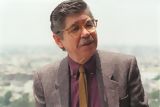
Novelist

Writer and poet

Volleyball player

Italian-Peruvian naturalist and geographer

Singer and percussionist

Last Inca emperor

Politician, former prime Minister

Journalist and TV host
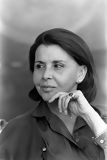
Poet

Inca warrior

Actor and comedian

Biophysicist

Poet

Doctor and researcher

Businessman, Interbank group

Journalist and writer
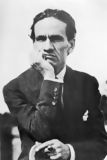
Poet and writer
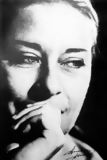
Singer and songwriter
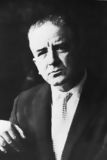
Writer

Film director, Berlin Golden Bear winner

Football player
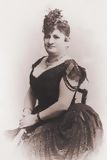
Writer and journalist
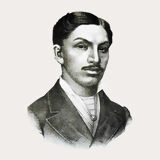
Doctor and scientist

Photograph

Chess player

Industrialist

Former general

Specialist in public health

Actress and singer

Afro-Peruvian music singer

Mathematician and engineer

Indigenous chronicler

Neurologist and anthropologist

Painter

Football player
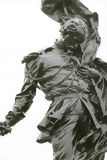
National hero, military leader

Intellectual and reformer

Chef and entrepreneur

Fashion designer

Singer-songwriter

TV presenter

Marathon runner

Indigenous Peruvian chronicler

Theologian

Former national team captain

Economist and former health minister

Inca princess

Writer and television host

Folk musician

Poet and guerrilla

Former UN secretary-general

Chef, known for fusion cuisine

Football player

Peruvian aviation pioneer

Poet and artist
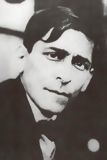
Marxist philosopher and writer

Industrialist and businessman
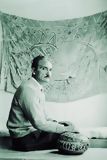
Novelist and ethnologist

Painter and muralist

Opera tenor

Fashion designer

Cardinal of Lima

Peruvian tennis player

Football coach

Leader of the indigenous rebellion

Military hero

Latin singer
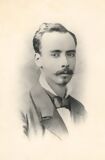
War of the Pacific hero

The youngest mother in history

Politician
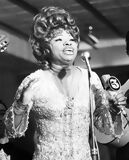
Creole music singer

Tennis player

Musician

Writer and politician

Politician and founder of the Christian Democratic Party

Founder of Sodalitium Christianae Vitae

Archaeologist and anthropologist
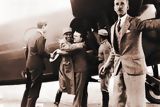
Military leader and politician

Television host

Actress and singer
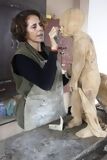
Contemporary sculptor

Women’s rights activist

Beauty queen

Astrophysicist

Heroine of independence

Mathematician and archaeologist

Historian and anthropologist
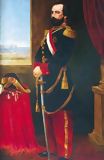
Military figure and historical figure

Fashion photographer
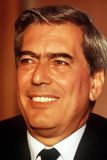
Writer, Nobel Prize in Literature, Politician

Revolutionary leader
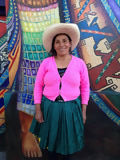
Environmental activist

Leader of the indigenous rebellion

Musician from Gaia band

War hero
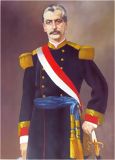
Military leader and politician

Chef, known for Nikkei cuisine

Volleyball coach and former player

Environmental activist

Television personality

Writer

Football player

Epidemiologist and former health Minister

Inventor and aerospace pioneer

Soldier and inventor

Rock singer

Chef and co-owner of Central restaurant

Painter

Football player

TV presenter and actress

Actor
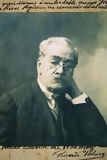
Writer and historian

Journalist and lawyer

Archaeologist, founder of Caral site
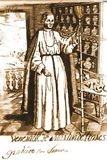
Monk and Saint
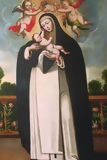
Saint, patron of Latin America

Physicist and engineer

World champion surfer

Actress

Oncologist

Singer, Latin Grammy winner

Former mayor of Lima

Singer

Actress

Former football player

Painter
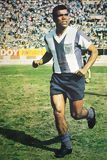
Former football player

Painter

Inca leader

Archbishop, saint
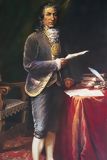
Leader of the indigenous rebellion

Revolutionary indigenous leader

Diplomat and intellectual

Sculptor and painter
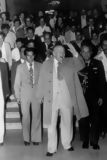
Political leader, founder of APRA

Lawyer and Former prime minister

Chef of Central restaurant

Former head of secret services

Popular singer

Fashion designer

Exotic music singer
Tilsa Tsuchiya Castillo, born on September 24, 1928, in Supe, Peru, is one of the most remarkable artists of the 20th century in Peru. A painter and engraver, her unique and symbolic work blends Andean tradition with contemporary elements, creating a captivating visual universe. She is best known for her depictions of myths and legends, where she explores themes of femininity, cultural identity, and dreams. Through her works, Tsuchiya left an indelible mark on the history of Peruvian and Latin American art.
Tilsa Tsuchiya was born to a Japanese father and a Peruvian mother of Andean origin, a background that deeply influenced her artistic identity. Her bicultural heritage played a central role in creating a visual language that fuses elements of Andean and Asian cultures. She grew up in Supe, a small coastal village north of Lima, immersed in a world filled with local mythological stories that inspired her throughout her life.
She studied at the National School of Fine Arts in Lima, where she received a rigorous academic education in painting and engraving. However, Tilsa Tsuchiya quickly stood out for her desire to explore themes and techniques that diverged from the traditional conventions of Peruvian art at the time. She became interested in pre-Columbian myths, Andean spirituality, and the representation of women as symbols of power and mystery.
Tilsa Tsuchiya’s style is instantly recognizable for its symbolic and dreamlike approach. Her works, often populated by powerful and mysterious female figures, immerse the viewer in a world where the boundaries between dream and reality blur. Her color palette, dominated by dark tones, ochres, and reds, adds to the mystical atmosphere of her paintings.
Her work is also distinguished by the integration of Andean mythology and popular Peruvian folklore. In her pieces, she reinterprets ancestral legends, bringing mythical characters such as Pachamama (the goddess of the Earth) and Viracocha (the creator of The Andes) to life. Yet beyond mythological references, Tilsa Tsuchiya addresses universal themes such as the feminine condition, motherhood, and women’s inner strength.
In the 1960s and 1970s, Tilsa Tsuchiya began gaining international recognition. She traveled to France, where she studied at the École des Beaux-Arts in Paris, and her art was influenced by surrealism. In Paris, she further developed her distinctive visual language, blending Andean traditions with European avant-garde. Her exhibitions in Parisian galleries brought her increasing notoriety, and her works were praised for their originality and symbolic depth.
Upon returning to Peru, Tilsa Tsuchiya became a central figure in the national art scene. Her influence on young artists, particularly women, was significant. She paved the way for a new generation of creators seeking to express their cultural identity through innovative and personal artistic means.
Tilsa Tsuchiya’s work continues to resonate in Peru and worldwide. Her pieces are displayed in numerous museums and galleries, and her influence remains palpable in contemporary Peruvian art. She not only made her mark in art history through her unique works but also left a legacy of boldness and creative freedom.
Her exploration of Andean myths through a modern and feminist lens helped redefine Peruvian art, making it more inclusive and aligned with the social concerns of her time. Her ability to combine traditional narratives with an avant-garde aesthetic made her a pioneer in the rediscovery of Peruvian cultural heritage through contemporary art.
Tilsa Tsuchiya is an essential artist in the history of Peruvian and Latin American art. Through her works, she managed to combine her cultural roots with modern influences to create an artistic language of her own. Her work, deeply rooted in Andean myths and legends, continues to inspire generations of artists and viewers. Even today, her art captivates and provokes thought, showcasing the richness of Peruvian cultural heritage and the power of female creativity.